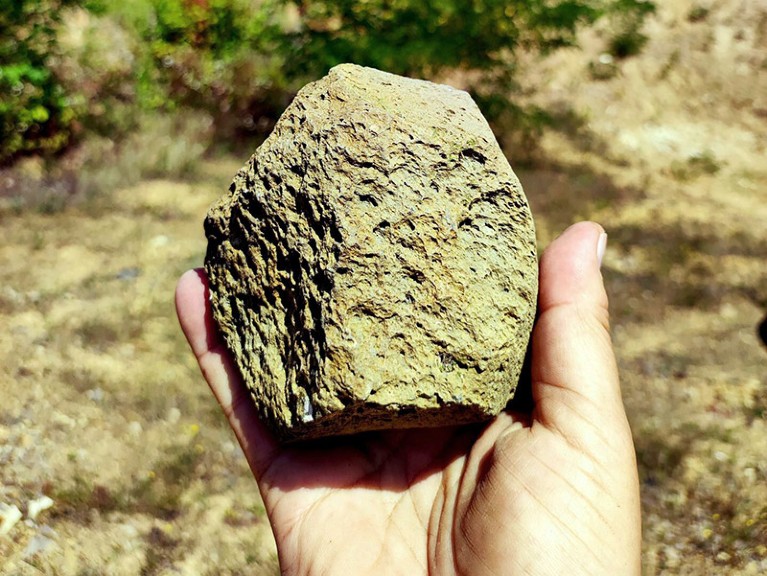[ad_1]

March 30 is World Backup Day. No, you don’t get the day off. It’s an initiative backed by some of the providers we recommend in our cloud backup guide like Mega and Backblaze, and even Amazon, asking everyone – individuals? Organizations? – to make at least one backup of their precious data.
At TechRadar Pro, we, and maybe you too, reader, believe that any person or business refusing to admit the mortality of their external hard drives and SSDs is possibly (definitely) from another planet. Backblaze data from 2021 suggests that 21% of people have never made a backup.
This makes me weep, and so it falls to me to attempt to turn the tide. You can be the most careful person in the world, but your storage will still fail, eventually. The mechanical platters of a hard drive are more prone to failure to that of a solid state drive, because, as the name implies, the latter has no moving parts.
So, you can buy any combination of these until the end of time itself for an on-premise backup solution, but this poses four problems: 1) the expense, 2) the sheer amount of space this’ll take up if you start putting those drives in servers and 3) the relative lack of security of a purely on-premise storage configuration.
The 3-2-1 backup principle
Yes, for truly secure, preserved data, it’s not enough to keep all of your storage devices on one site. The 3-2-1 backup principle, revered by such big names as IONOS and Seagate, suggests that, at all times, you should have three copies of all your data at any one time, across two different types of media, and one of these backups should be held off-site.
And, because data is truly mortal, you’ll be replacing these backups and the kinds of media and devices that you keep them on forever, and you’ll love it, because you value your data, right? This maintenance is one of the draining things about on-prem backups.
The principle is decades-old, well-worn to the point that even we have published contributors claiming that 3-2-1 backups are out of date because of the existence of the cloud driving the obsolescence of ye olde tape media and compact discs – the things that immediately come to mind when thinking about different storage types.
Well, sure. But that brings us to another of the big disadvantages of on-premise backups, which is that: if your business has the luxury of a second site to split backups between, that’s fine, but if you’re committed to 3-2-1, responsible data preservation, and circumstances mean that you don’t have that luxury, how exactly do you make an off-site backup?
In primordial times, this was some conundrum, but in the twenty-first century, I’d say that cloud backups can accommodate 3-2-1, no matter what the naysayers think.
Cloud backup and security
Cloud backup entails trusting your data to another company’s servers, usually in some data center somewhere, and paying a monthly or annual fee for the privilege. In the short to medium term, this can make financial sense, or even beyond that with lifetime cloud storage plans, offering much the same, but for a hefty one-off fee.
The other big advantage of cloud backups is that they solve the problem of where you keep your off-site backup, because you’ve ceded control over that to another faceless company, which will have its own data loss prevention strategies, and backups of your backup.
Getting another company involved can be a blessing and a curse, though: we recognise that handing off your data, which may mean sensitive client data, to another company’s servers may sound like, well, like a bad idea.
Well, to head that off, a number of our recommended providers, like pCloud, MEGA, and Icedrive, offer end-to-end encryption, sometimes referred to as zero-knowledge or client-side encryption, meaning that the company handling your storage have no access to your files or ability to view their metadata.
It’s a nice assurance to have in an age of well-justified fears of just how humanity can abuse the internet, and also a very recent phenomenon that many household names have only just started to take note of. Google Drive, for example, only permits end-to-end encryption for Google Workspace accounts belonging to organizations whose administrators have enabled it.
Solo professionals looking to use Google Drive will have to rely on server-side encryption – which might protect your files from ne’er-do-wells hacking into Google Towers, but not from Google itself, or anyone with unauthorized access to your account.
Google Drive also happens to be, for our and indeed your money, one of the cheapest cloud backup providers going, so that may be something to keep in mind.
Cloud storage vs backup
Another thing to think about is that Google’s offering, for instance, is also known to many as a cloud storage provider, but that’s not quite the same thing as a cloud backup provider.
If a service lets you backup ideally an entire drive but at the absolute bare minimum a single folder on a device to the cloud, that’s what you want in this context. Cloud storage, meanwhile, is focused on keeping copies of specific files, not whole drives, and not all cloud storage services offer cloud backups.
Back it up, wrap it up
I wish I had a more in-depth, less snippy argument to present for backing up your data at all – I don’t. Do you like having your stuff? Well then. But I do think that the argument for making cloud backups, not just during this momentous March but in general, is strong and clear.
Cloud backups alleviate, if not remove completely, a whole lot of the obstacles that the 3-2-1 strategy presents, and the industry is far along enough that providers which aren’t Google, Amazon or Microsoft are popping up left-right and center, if that’s a consideration.
We can offer recommendations for cloud backup providers, but the choice, ultimately, is yours. Read provider websites to understand the features offered, and whether any one service is even fit for purpose before you buy in because, as with any business decision, it’s important to do your research.
More from TechRadar Pro
[ad_2]
Source Article Link

























